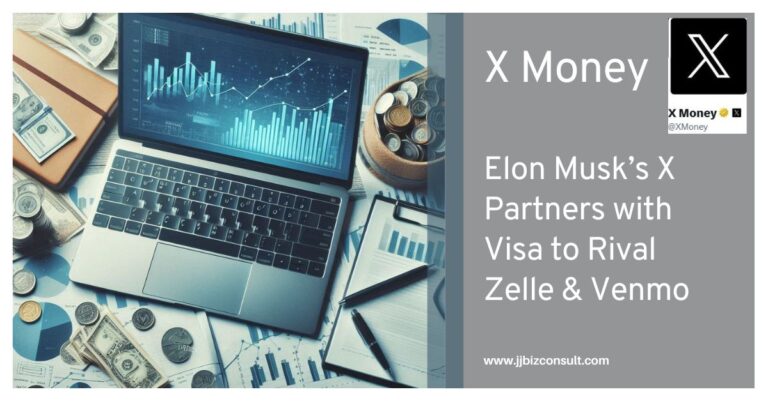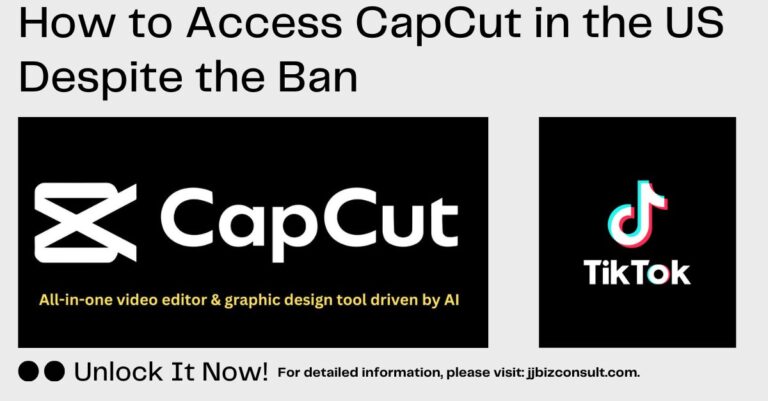What is DAO? DAOs hit a new high $25 B.
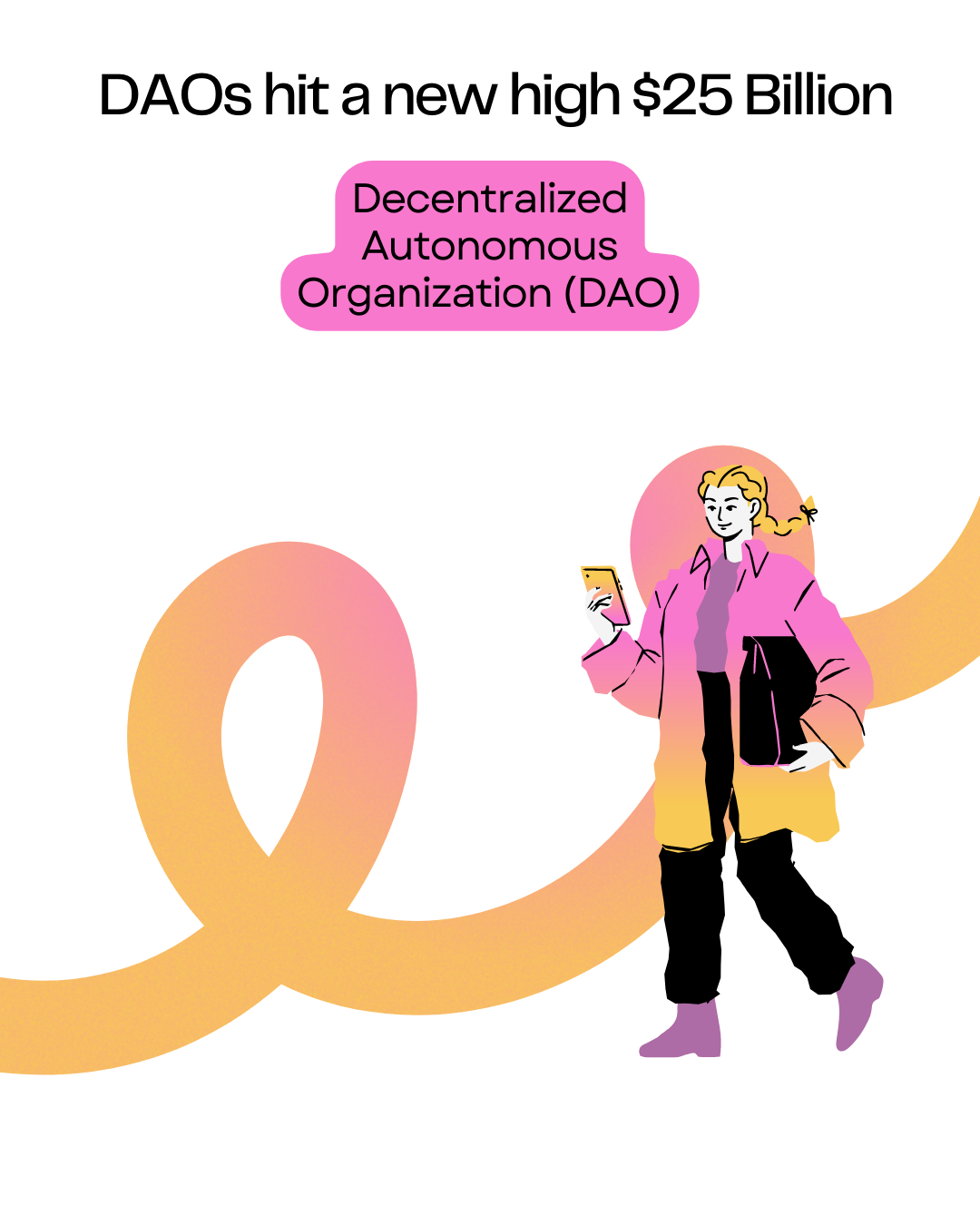
DAO Hits a New High $25 Billion
What is DAO? DAOs hit a new high $25 B.
What Is a Decentralized Autonomous Organization (DAO)?
A decentralized autonomous organization (DAO) is an emerging form of legal structure that has no central governing body and whose members share a common goal to act in the best interest of the entity. Popularized through cryptocurrency enthusiasts and blockchain technology, DAOs are used to make decisions in a bottom-up management approach.
Source: Investopedia
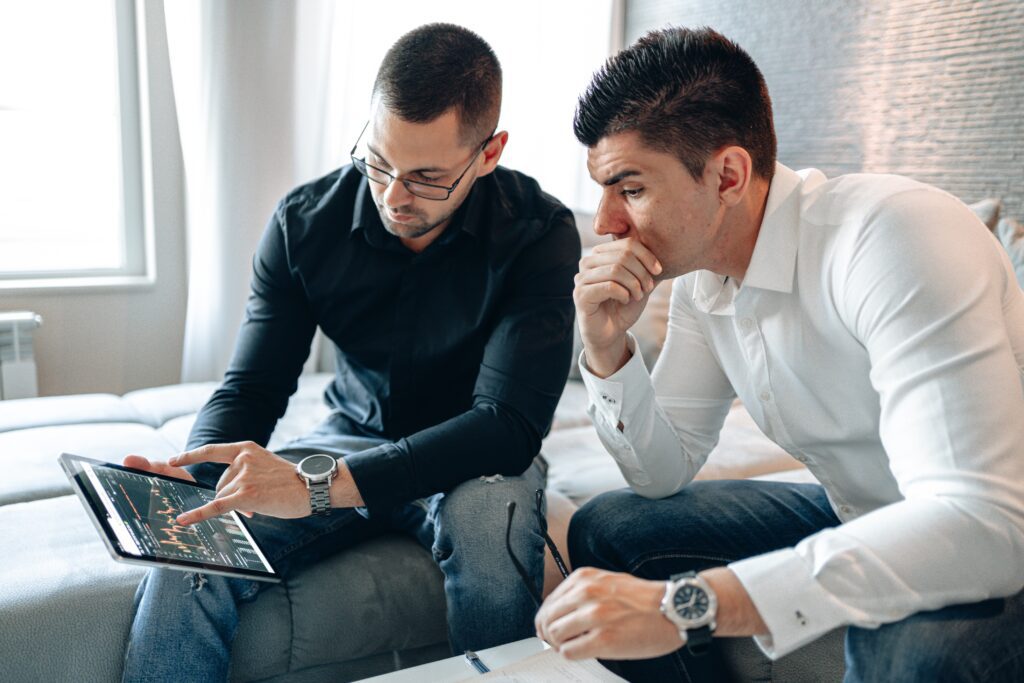
More on What is DAO?
DAO stands for Decentralized Autonomous Organization, which is a blockchain-based organization that operates using smart contracts to automate decision-making processes. In other words, it’s an organization that is governed by code rather than individuals, and decisions are made using a decentralized consensus mechanism.
Infrastructure-centric crypto projects refer to blockchain-based projects that focus on developing and providing the underlying technical infrastructure that supports decentralized applications, such as smart contracts, decentralized storage, and decentralized finance (DeFi) protocols. These projects aim to improve the scalability, security, and interoperability of blockchain networks to enable the development of more complex decentralized applications.
DAO infrastructure-centric crypto projects are those that combine the features of DAOs and infrastructure-centric crypto projects. These projects aim to create a decentralized infrastructure that is managed and governed by a DAO. This infrastructure can be used by other DAOs or decentralized applications to build and operate on top of it, creating a fully decentralized ecosystem.
Some examples of DAO infrastructure-centric crypto projects include Aragon, Gnosis, and DAOstack, among others. These projects provide infrastructure and tools for the creation and management of DAOs, allowing them to operate autonomously and democratically, while also ensuring the security and scalability of the underlying infrastructure.
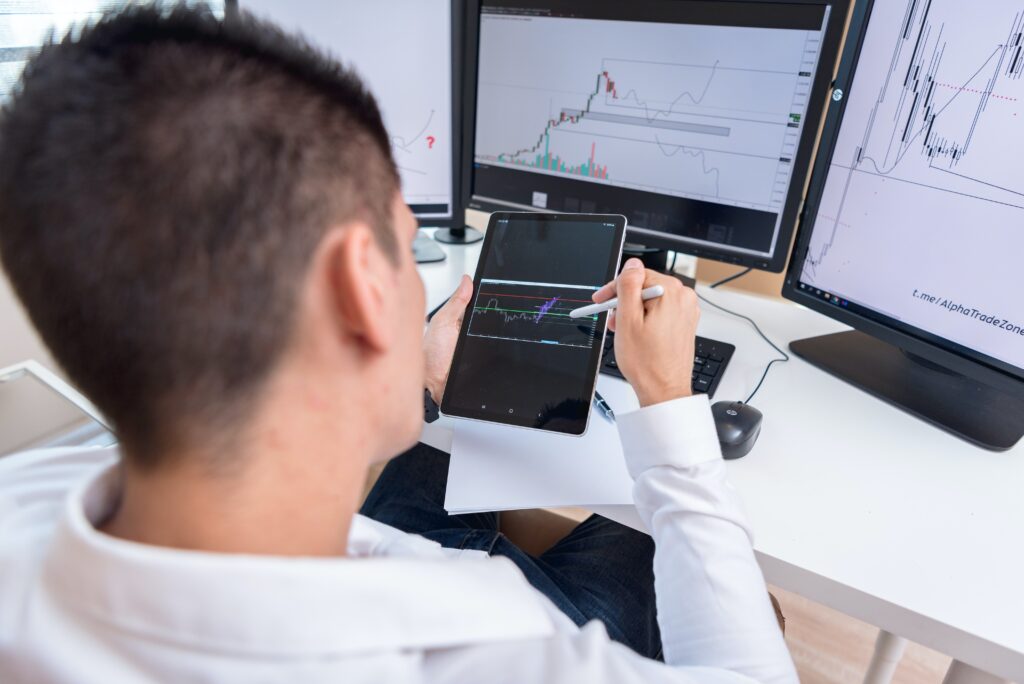
DAOs hit a new high $25 B
According to DeepDAO data, the total amount of money held across all DAOs reached a new milestone of $25 billion last week, which is a significant increase from the $10 billion reported at the same time last year. This surge in funds is largely attributed to the recent launch of Arbitrum’s $4.4 billion DAO. Additionally, upon analyzing the largest treasuries, it was found that three out of the top five projects are focused on scaling, including Optimism, Arbitrum, and Polygon. As a result, these infrastructure-focused crypto projects have surpassed previously dominant DeFi projects such as Lido, dYdX, and Uniswap, although the Uniswap DAO still holds the third-largest treasury, valued at over $2.6 billion.
Apart from token drops and new DAOs joining the market, there are other ways that these organizations can continue generating revenue. According to Aman Deep, the head of growth at DeepDAO, a significant proportion of DAO treasuries are held in native tokens, such as OP for Optimism, ARB for Arbitrum, and MATIC for Polygon. When market conditions improve, the total value of these tokens will likely surpass $50 billion, and could even reach $100 billion.
For the top DAOs, their largest holdings are typically their respective native tokens, followed by Ethereum or stablecoins. As Deep noted, once the bull market returns, the value of these treasuries is likely to increase substantially. Based on their current holdings, the top 10 DAOs alone could manage over $70 billion, and we could see DAOs managing values closer to $100 billion in the next bull market.
Apart from waiting for a boost from the next bull market, there are other factors that could increase the revenue of DAOs, such as usage. For instance, Lido Finance generates revenue for its DAO by taking 10% of users’ staking rewards, which is split between the treasury and node operators. Similarly, Decentraland’s DAO earns revenue by receiving 2.5% of sales on OpenSea and another 2.5% from Decentraland’s marketplace. Additionally, popular layer-2 sequencers have been discussed as potential revenue sources for their respective DAOs. These sequencers act as a bridge between scaling solutions and Ethereum’s mainnet, charging a fee for moving batches of transactions securely to Ethereum. Optimism, for instance, plans to allocate this fee towards funding public goods, at least until the sequencer is decentralized. Since these networks are infrastructure-focused rather than being focused on staking derivatives or metaverse markets, their usage is expected to increase along with the growing adoption of cryptocurrencies. Furthermore, governance controversy could potentially be another way for DAOs to boost their treasuries.
According to Igneus Terrenus, BitDAO’s public representative, controversial voting decisions may encourage people to buy governance tokens to have a say in the direction of their favorite projects. Igneus believes that recent contentious votes, such as the Uniswap vote on which bridge to choose for deployment on BNB Chain and the Arbitrum AIP-1 saga, have shown that people are becoming more aware of their role within DAOs. Therefore, the path towards reaching $100 billion in DAO treasuries will involve a combination of speculation, increased usage, and a growing understanding of the importance of governance tokens
Source: Decrypt
Everything you need to know about Crypto



